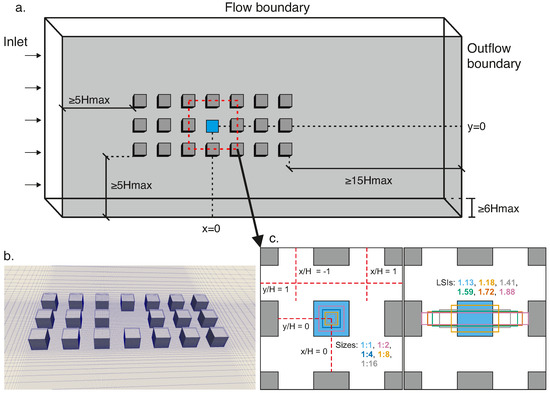2023-04-06 バース大学
特定の極性材料の特性である電気応答性発磁現象を利用して、表面の生物汚染物質を減少させ、感染症を予防します。抗菌特性を持つフェロ電気複合材料は、医療用インプラントのリスクを減らす可能性があり、医療従事者や患者にとって大きな利点があります。この技術は、広範な適用が期待されます。
<関連情報>
- https://www.bath.ac.uk/announcements/new-breakthrough-3d-printed-ferroelectric-materials-eliminate-harmful-bacteria-including-e-coli/
- https://onlinelibrary.wiley.com/doi/10.1002/admt.202202127
抗菌用途に向けた強誘電体微粒子複合材料の積層造形技術開発 Additively Manufactured Ferroelectric Particulate Composites for Antimicrobial Applications
Zois Michail Tsikriteas, Rachel A. Heylen, Swati Jindal, Elena Mancuso, Zihe Li, Hamideh Khanbareh
Advanced Materials Technologies Published: 11 March 2023
DOI:https://doi.org/10.1002/admt.202202127

Abstract
A polarized ferroelectric material can initiate the micro-electrolysis of water molecules which leads to the formation of reactive oxygen species (ROS) in an aqueous solution resulting in selective bacteria killing. This study presents the fabrication, characterization, and antimicrobial performance of poled ferroelectric particulate composites. Barium calcium zirconate titanate (BCZT) micro-powder is synthesized by a solid-state reaction and mechanically mixed with polycaprolactone (PCL) to be subsequently fed into the 3D bioprinter for the fabrication of porous PCL-BCZT structures at four different ceramic loadings (0, 10, 20, 30 wt%). For the examination of material’s capacity to handle extremely high contamination, the composites are exposed to a high inoculum of bacteria (Escherichia coli ATCC 25922) ≈70% of E. coli degradation is recorded at the end of 15 min without any external intervention. The surface selective bacterial degradation can be attributed to the generated reactive oxygen species, the large surface area of the porous samples and polymer matrix’s hydrophobic nature, behavior which can be reflected in the composites with 30 wt% of BCZT loading exhibiting the best antimicrobial performance among the other state-of-the-art ferroelectrics. Overall, these results indicate that the poled composites have a great potential as antimicrobial materials and surfaces.



